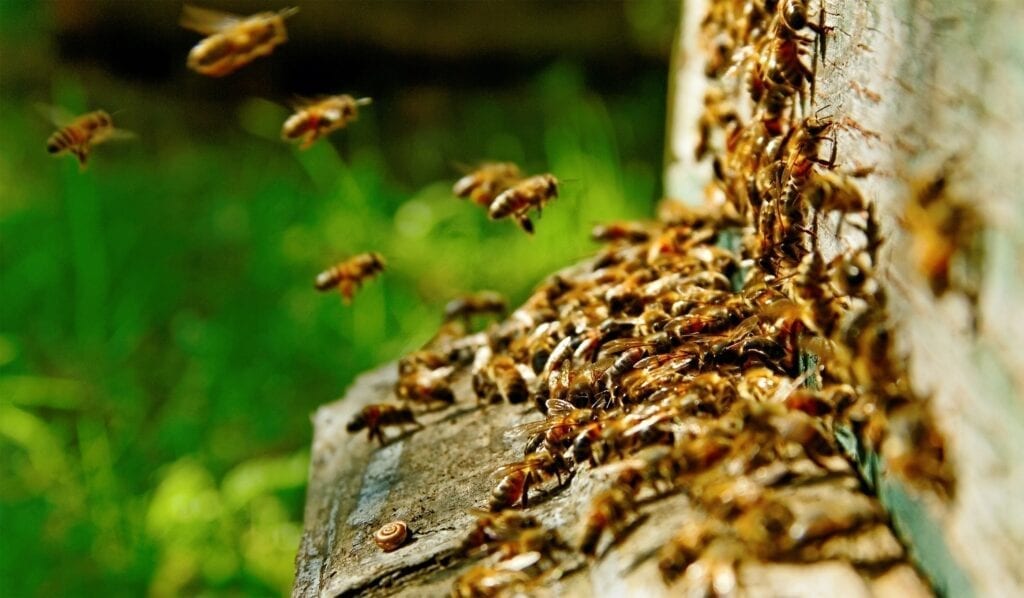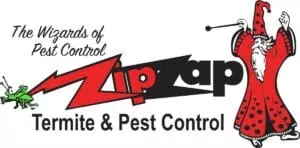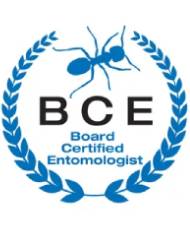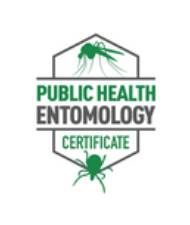WASP NEST & WASP NEST REMOVAL: INTERESTING FACTS

Tips on removing a wasp nest
Here are the steps on how to properly remove a wasp nest from your home:
- Wear protective gear. This includes long sleeves, pants, gloves, and a hat. You may also want to wear goggles or a face mask to protect your eyes and face.
- Locate the nest. Wasp nests are often found in eaves, under decks, or in trees. Once you have located the nest, make sure to identify the type of wasps that are living in it. Some wasps, such as yellow jackets, can be very aggressive and should only be handled by a professional.
- Kill the wasps. You can spray the nest with wasp killer or knock it down with a broom. If you are using wasp killer, follow the instructions on the label.
- Remove the nest. Once the wasps are dead, you can remove the nest. If the nest is small, you can knock it down and dispose of it. If the nest is large, you may need to use a garbage bag or a bucket to remove it.
- Dispose of the nest properly. Wasp nests should be disposed of in a sealed container. You can then throw the container away in the trash.
Don’t get stung
It is important not to get stung while removing a wasp nest. Wasp stings can be painful and can even be fatal in some cases. Here are some tips to help you avoid getting stung:
- Work during the evening or at night. Wasps are less active during these times.
- Approach the nest slowly and carefully. Do not make any sudden movements.
- Wear protective gear. This will help to protect you from stings.
- Be prepared to run. If you do get stung, run away as quickly as possible.
If you are uncomfortable removing a wasp nest, you can always call a professional pest control company like ZipZap Termite & Pest Control. 816-407-7378.
Signs of wasp and its sting
One may get a kick out of a grown man flailing himself about when the slightest sign that a wasp may be near. It doesn’t matter that the man is so much larger than the wasp. That wasp’s sting can be quite a punch. A bee only has one sting in its arsenal. A wasp can keep stinging you, making them much more menacing. However, there are some fascinating facts about wasps!
• Before you decide to swat and kill a wasp, you must know that once they have been squashed, the wasp will release a pheromone. This alerts the other wasp, that will cause them to become more aggressive. Not only did you vex the one wasp that was an easy kill, you just told his buddies that there is a fight to be had.
• A wasp’s sting should only last about 24 hours. However, a small number of people can go into anaphylactic shock from the wasp’s venom, and become fatal. Suppose you experience severe swelling of the face, lips, or throat, itching, hives, wheezing, gasping for air, nausea or vomiting, dizziness, stomach cramps, blood pressure drop, and weak or racing pulse. In that case, you must seek immediate medical attention.
• Deodorant containing aluminum can be used to treat an ordinary sting. • Queens run the show as usual in their self-contained communities. And, as usual, there are the males and workers.
• Drones are used to mate with the queen. Unfortunately, they die shortly after. • Bees swarm. Wasps do not.
• European hornets strip out the tree bark, destroying the trees and bushes.
• Baby wasps eat meat.
The seasons to remove a wasp nest
• The only wasps that survive the winter are young, fertilized queens. During the spring, they build a new nest, lay about a dozen eggs, and care for the kids until they are old enough to become workers and protectors.
• In the late summer, males and young queens fly off to mate. She then finds a place to hibernate. The original queen, her males, and workers succumb to the winter and die off.
What to do when stung
Applying a cold compress after washing the area clean with soap and water is the best way to treat a sting. If you experience any symptoms, such as dizziness, swelling, or difficulty breathing, you may suffer from an allergic reaction and need medical attention immediately.
Do not wait to see if a sting will cause a medical reaction. Zip Zap Termite & Pest Control has trained technicians who can professionally remove the little critters away and keep you and your loved ones safe. Call Zip Zap today. 816-407-PEST (7378)



